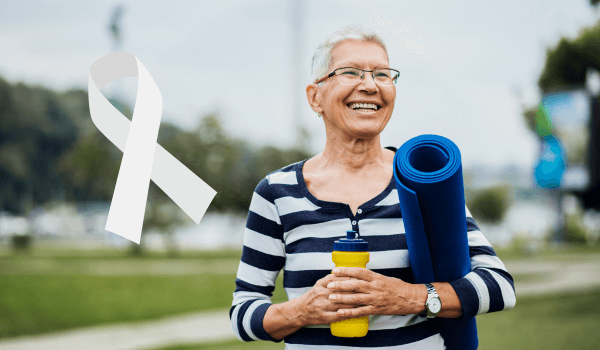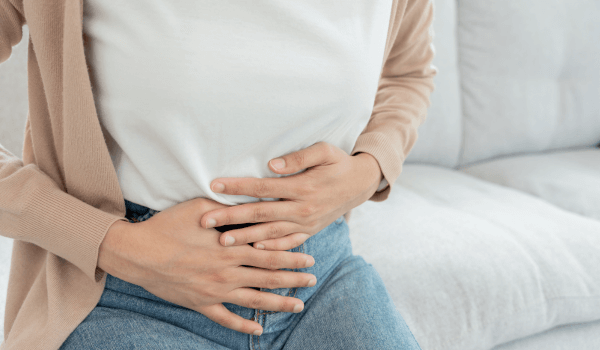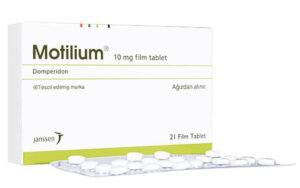Trelegy Ellipta is the most advanced form of treatment currently prescribed for people suffering from Chronic Obstructive Pulmonary Disease (COPD). It is usually recommended once the condition has progressed from the earlier stage of mild symptoms into the more severe stages, all the way through to stage four when airflow becomes highly limited, and quality of life becomes poor due to extreme breathlessness.
About Trelegy Ellipta
Trelegy Ellipta is a once-daily, three-in-one treatment for COPD, delivering three essential medications in a single dose through the inhaler. Trelegy Ellipta helps patients in all more advanced stages of COPD breathe more easily through improved lung function. It also acts to prevent flare-ups which become more prevalent as the condition progresses. A Trelegy Ellipta inhaler supplies three different long-acting medicines into a single-dose inhaler that provides a full 24 hours of improved breathing. With the unique combination of these three substances working in step, Trelegy Ellipta can help people with COPD breathe more easily, improve lung function and help to prevent future flare-ups. The three components combined in the Trelegy Ellipta inhaler are:- LABA (long-acting beta2-adrenergic agonist), which acts as a bronchodilator by relaxing the muscles around the airways into the lungs
- LAMA (long-acting muscarinic antagonist), which is also a bronchodilator that acts to keep the airways open by blocking tightening of the smooth muscles surrounding them
- ICS (inhaled corticosteroid), which is an anti-inflammatory drug that reduces inflammation and swelling inside the lungs.
About Chronic Obstructive Pulmonary Disease
The Global Allergy and Airways Patient Platform provides a good explanation of COPD’s prevalence, diagnosis, and treatment, which we will summarize here. As indicated by the generic name given to the condition, it is chronic, given that it is a long-term and persistent condition for which there is currently no cure. The effects of the condition are obstructive because it causes airways in the lungs to become narrowed, and pulmonary refers to all conditions affecting the lungs. Doctors use the Global Initiative on Obstructive Lung Disease (GOLD) system to classify the degree of severity. They use a forced expiratory volume (FEV1) test that measures how much air a patient can forcefully breathe out in one second when blowing into a specially designed device called the spirometer. According to the GOLD system, there are four stages of COPD, which rate the degree of lost aspiration. These range from GOLD 1, equating to mild COPD, measuring 80% FEV1 or higher, through moderate (GOLD 2 measuring less than 80% FEV1 but more than 50%), then severe (GOLD 3 measuring less than 50% FEV1 but more than 30%) and finally very severe (GOLD 4 measuring less than 30% FEV1).What are the leading causes of COPD?
The condition develops mainly because of long-term damage to the lungs that result in them becoming narrowed, inflamed and then obstructed. Among the main causes of COPD are:- a history of prolonged smoking
- exposure to air pollution and secondhand smoke or dust
- exposure to toxic fumes or chemicals at work.
What are the longer-term outcomes for people with COPD?
There is currently no cure for the condition because the damage to the lungs cannot be reversed. If left untreated, it probably will worsen over time, leading to an increased risk of hospitalizations and may even become life-threatening. However, proper treatment with the right medication like Trelegy Ellipta and good supervision by medical carers and lifestyle adjustments can manage it toward better outcomes.What are the current treatments for COPD?
Since there is no complete cure for COPD, it needs to be managed and treated to slow down damage to the lungs and relieve the symptoms. The most widely recommended medications that doctors may prescribe include:- Inhaled bronchodilators to open up the airways
- Steroids delivered via an inhaler to reduce swelling in the airways
















